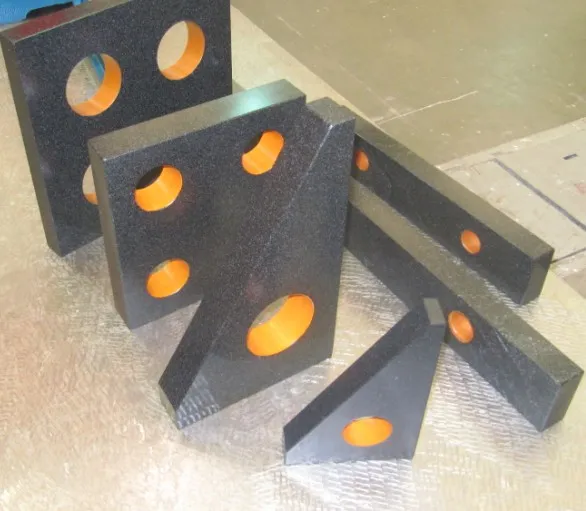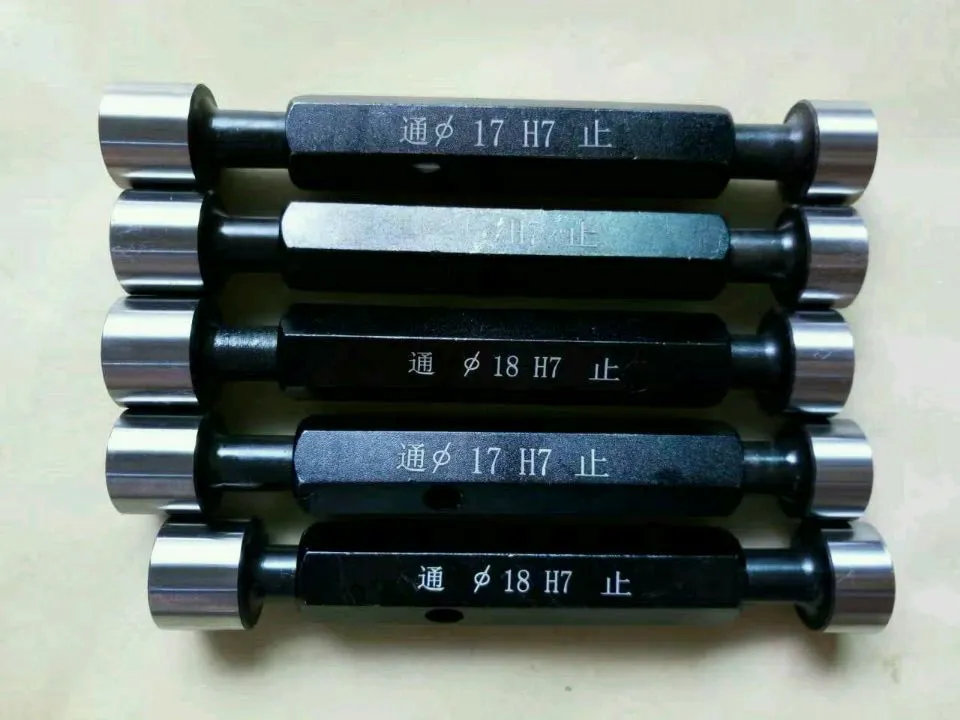фев. . 11, 2025 04:08 Back to list
different types of control valve
Directional control valves play a crucial role in hydraulic and pneumatic systems, directing the flow of fluid or air within these systems. They are essential in various industrial applications, including manufacturing, automotive, aerospace, and more. Understanding their different types and functionalities can significantly enhance the performance and efficiency of these systems. Here’s a comprehensive guide to the different types of directional control valves, underlining their unique features and advantages.
Actuation methods further diversify directional control valves, including manual, hydraulic, pneumatic, electrical, and solenoid actuated valves. Manual valves are typically used in simple systems or where precision control is less critical. Hydraulic and pneumatic actuated valves find extensive use in heavy-duty industrial applications due to their ability to control larger forces. Solenoid-operated valves offer the advantage of easy integration with electronic control systems, providing precise and programmable control. Selecting the appropriate directional control valve depends on several factors, including the type of fluid, system pressure, flow rate, and the specific application requirements. This choice can often determine the overall efficiency and longevity of your system. Expert consultations are recommended when making this selection to ensure it meets operational demands perfectly. Beyond technical specifications, modern advancements have introduced smart directional control valves equipped with sensors and communication capabilities. These smart systems offer unparalleled monitoring and diagnostic capabilities, allowing for predictive maintenance and optimal system performance. These innovations reflect significant strides in control technology, moving towards more automated and efficient systems. Implementing the proper directional control valve in your system instills a significant boost in productivity, reliability, and cost-efficiency. Their strategic use is fundamental in optimizing performance across various industrial settings. Therefore, understanding the different types, their operation, and their specific applications is essential for industry professionals seeking to maintain competitive and efficient operations. In conclusion, the choice of directional control valves can tremendously impact your system's functionality and efficiency. Whether choosing spool, poppet, or rotary valves, each option offers distinct benefits tailor-suited to particular application needs. Leverage detailed analysis and industry expertise to navigate these options effectively, ensuring your operations remain state-of-the-art and ahead of the curve.


Actuation methods further diversify directional control valves, including manual, hydraulic, pneumatic, electrical, and solenoid actuated valves. Manual valves are typically used in simple systems or where precision control is less critical. Hydraulic and pneumatic actuated valves find extensive use in heavy-duty industrial applications due to their ability to control larger forces. Solenoid-operated valves offer the advantage of easy integration with electronic control systems, providing precise and programmable control. Selecting the appropriate directional control valve depends on several factors, including the type of fluid, system pressure, flow rate, and the specific application requirements. This choice can often determine the overall efficiency and longevity of your system. Expert consultations are recommended when making this selection to ensure it meets operational demands perfectly. Beyond technical specifications, modern advancements have introduced smart directional control valves equipped with sensors and communication capabilities. These smart systems offer unparalleled monitoring and diagnostic capabilities, allowing for predictive maintenance and optimal system performance. These innovations reflect significant strides in control technology, moving towards more automated and efficient systems. Implementing the proper directional control valve in your system instills a significant boost in productivity, reliability, and cost-efficiency. Their strategic use is fundamental in optimizing performance across various industrial settings. Therefore, understanding the different types, their operation, and their specific applications is essential for industry professionals seeking to maintain competitive and efficient operations. In conclusion, the choice of directional control valves can tremendously impact your system's functionality and efficiency. Whether choosing spool, poppet, or rotary valves, each option offers distinct benefits tailor-suited to particular application needs. Leverage detailed analysis and industry expertise to navigate these options effectively, ensuring your operations remain state-of-the-art and ahead of the curve.
Latest news
-
Flanged Gate Valve: A Reliable Choice for Industrial and Municipal SystemsNewsAug.20,2025
-
Soft Seal Gate Valve: A Modern Solution for Reliable Pipeline ControlNewsAug.20,2025
-
Gate Valve Types: Understanding the Options for Your Pipeline SystemsNewsAug.20,2025
-
Y Type Strainer: Essential for Clean and Efficient Flow SystemsNewsAug.20,2025
-
Cast Iron Y Strainer: Durable Solutions for Demanding ApplicationsNewsAug.20,2025
-
Flanged Y Strainer: An Essential Component in Industrial Filtration SystemsNewsAug.20,2025
Related PRODUCTS









